Untouched forests are home to some of the most extraordinary insects on Earth, many of which are rarely seen due to the remote and pristine nature of their habitats. These forests provide the perfect conditions for unique species to thrive, from masterful camouflage experts to powerful predators that play vital roles in their ecosystems. The insects that inhabit these environments often have fascinating adaptations that help them survive in their lush surroundings. By exploring these remarkable creatures, we gain a deeper appreciation for the delicate balance of life within these ancient forests. Each insect has a story to tell, revealing the beauty and complexity of nature’s design.
Jewel Beetle (Buprestidae)
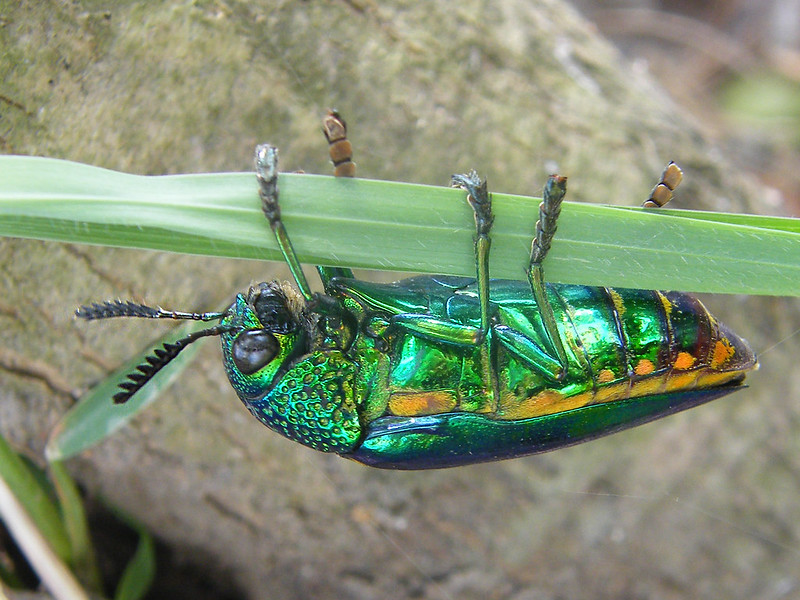
Jewel beetles are known for their iridescent, metallic colors, which shimmer under sunlight. These insects often thrive in ancient forests where the ecosystem remains undisturbed. Larvae of this beetle bore into dead or dying wood, playing a critical role in decomposition. Their ability to camouflage amidst leaves makes them elusive to predators. Unlike other beetles, jewel beetles have unique antennae that are saw-like, helping them navigate their environment. Their presence in untouched forests ensures biodiversity, as they contribute to nutrient cycling.
Goliath Beetle (Goliathus)
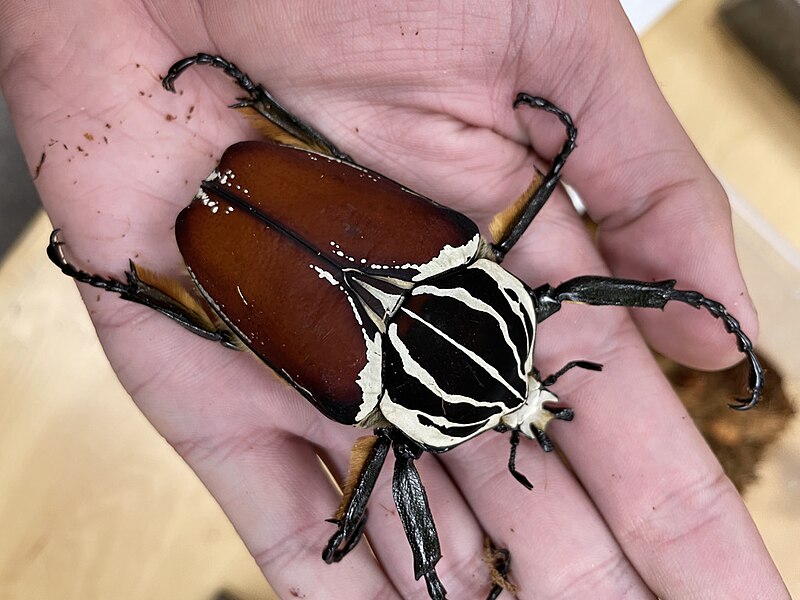
Goliath beetles are some of the largest beetles on Earth, living primarily in the forests of Central Africa. The males possess large horns on their heads, which they use to battle for territory. In their forest habitats, they consume fruit and plant matter, contributing to the balance of the ecosystem. These beetles spend most of their life as larvae, feeding on decomposing wood, which helps in nutrient recycling. Their ability to fly despite their hefty size remains an impressive feature. Untouched forests provide the perfect shelter for these massive insects, where they can thrive without human interference.
Atlas Moth (Attacus atlas)
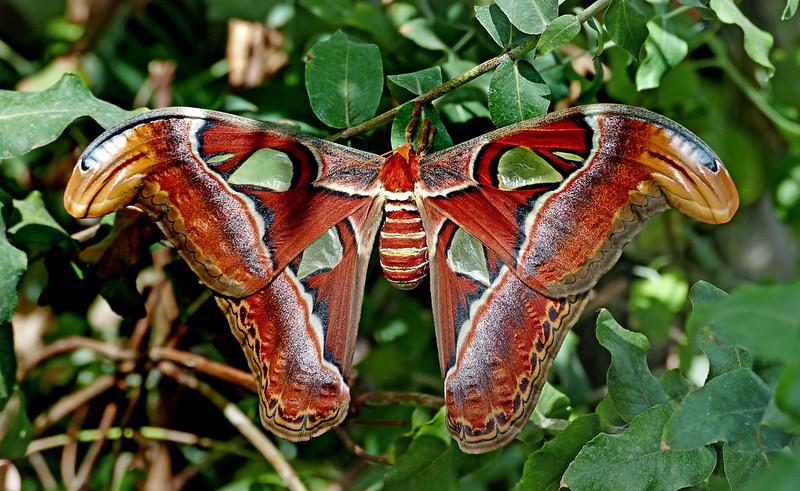
Known for its strikingly large wingspan, the Atlas moth is native to tropical forests in Southeast Asia. Its wings, patterned to resemble snake heads, serve as a defense mechanism against predators. The caterpillar stage is equally fascinating, feeding voraciously on forest foliage before spinning its cocoon. These moths are nocturnal and prefer undisturbed forest canopies where their habitats remain undisturbed. Due to their brief adult life, they do not feed but rely on energy stored during the larval stage. The untouched forests provide the rich plant diversity essential for their survival.
Hercules Beetle (Dynastes hercules)
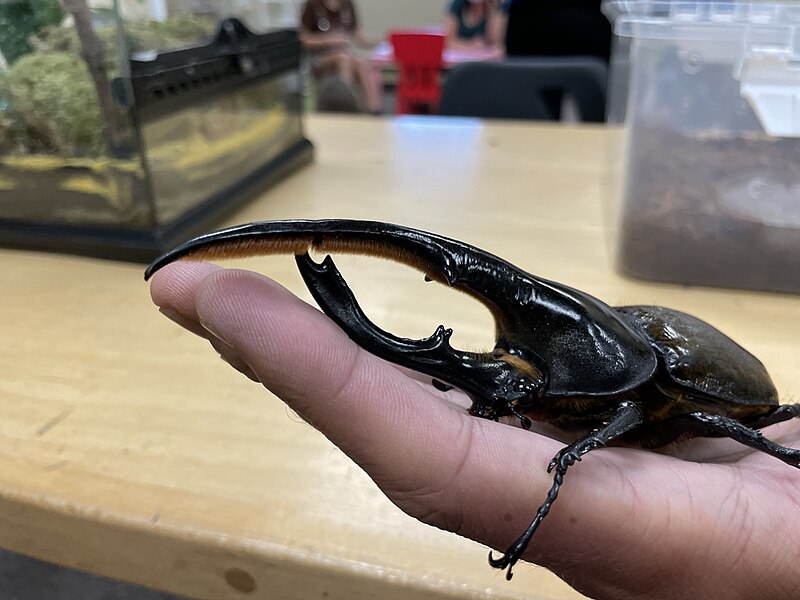
The Hercules beetle, named for its incredible strength, lives in the dense rainforests of Central and South America. Males have large horns, which they use in combat with other males over food or mates. This beetle spends most of its life in the larval stage, hidden in decaying wood, where it plays a role in breaking down organic matter. Once matured, adults are primarily nocturnal, foraging for fruits and sap. The untouched forest offers them an environment free from predators and pollution, ideal for their long life cycle. Their unique adaptability to both the forest floor and canopy makes them a keystone species.
Glasswing Butterfly (Greta oto)
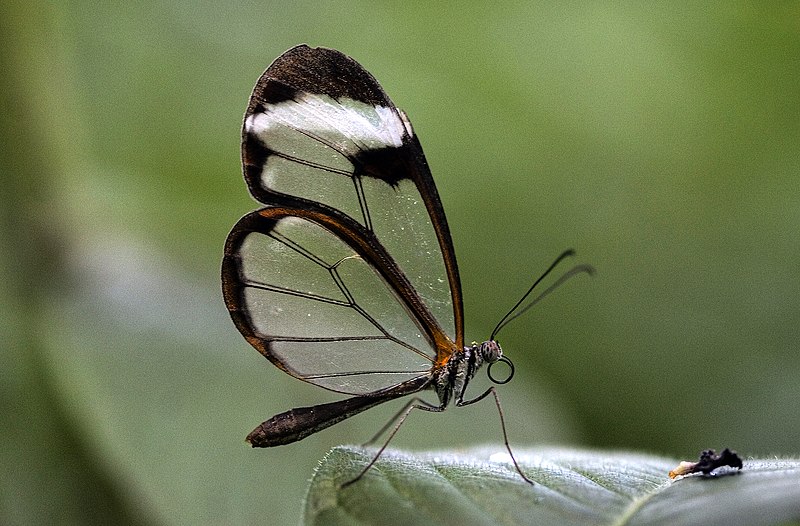
The glasswing butterfly’s transparent wings allow it to blend seamlessly into its forest surroundings. Found primarily in Central American rainforests, these butterflies feed on nectar from a wide range of flowers. Unlike other butterflies, their larvae feed on toxic plants, making them distasteful to predators. The untouched forests they inhabit provide the variety of plant life needed for their survival at every stage. Glasswing butterflies are essential pollinators, contributing to the health of the forest ecosystem. Their delicate appearance belies their crucial ecological role.
Leafcutter Ant (Atta)
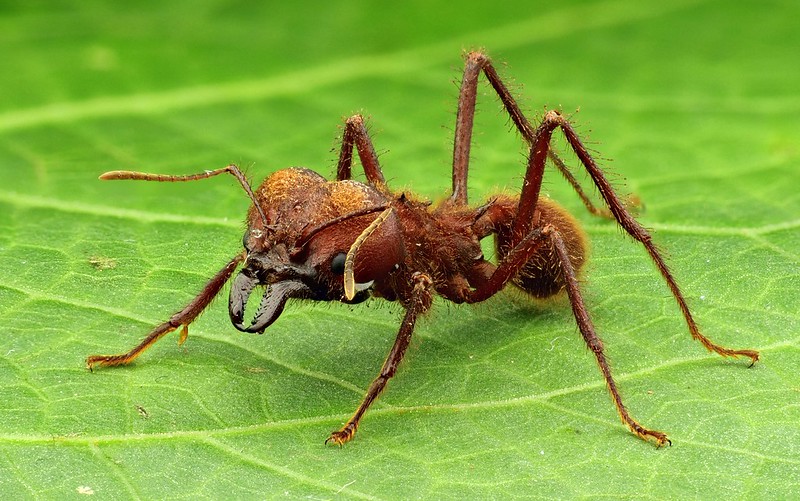
Leafcutter ants, native to tropical forests in Central and South America, are renowned for their incredible teamwork. These ants cut and carry pieces of leaves back to their underground nests, where they cultivate fungus as their primary food source. Their intricate nests can cover large areas, showcasing the complexity of their social structure. Untouched forests provide a stable environment where these ants can thrive without disruption. They play a vital role in nutrient cycling and forest regeneration. Despite their small size, their impact on the ecosystem is enormous.
Giant Stick Insect (Phasmatodea)
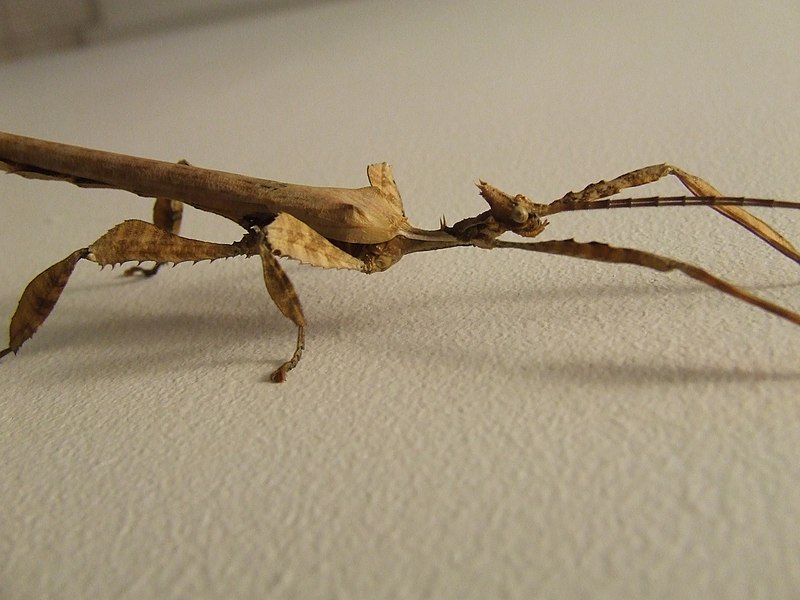
Giant stick insects are masters of disguise, blending into the untouched forests of Southeast Asia with their twig-like appearance. These herbivores feed on leaves, often remaining motionless for hours to avoid predators. Females of this species can reproduce without males through a process called parthenogenesis. The dense forest canopy offers ample protection and food, allowing them to thrive. Their presence helps maintain the balance of plant life within the ecosystem. Stick insects are a vital part of the food chain, serving as prey for birds and small mammals.
Titan Beetle (Titanus giganteus)
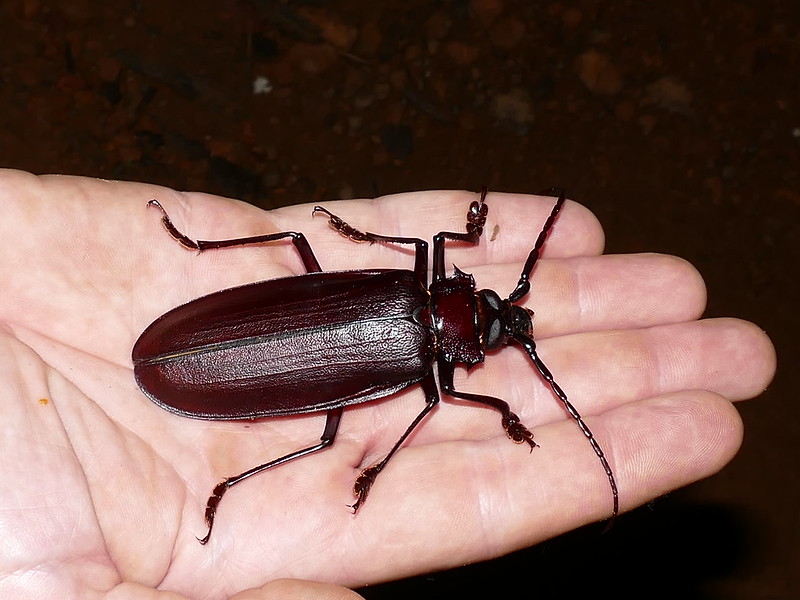
Found in the rainforests of the Amazon, the Titan beetle is one of the largest beetles on Earth. Its mandibles are strong enough to snap small branches, which it uses for defense against predators. Despite its intimidating size, this beetle feeds primarily on decomposing wood, playing a key role in breaking down organic material. Untouched forests provide the decaying plant matter it needs to survive. The Titan beetle’s elusive nature makes it difficult to study, but it remains a symbol of the biodiversity in these regions. Its role in the ecosystem helps maintain the health of the forest floor.
Golden Tortoise Beetle (Charidotella sexpunctata)
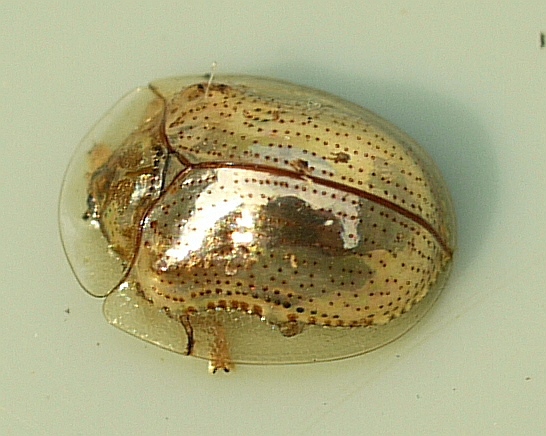
The golden tortoise beetle is known for its changing color, which ranges from bright gold to dull brown depending on its mood. Found in undisturbed North and Central American forests, these beetles feed on morning glory leaves. Their reflective, metallic shell helps deter predators by mimicking the appearance of water droplets or dew. As with many beetles, the golden tortoise beetle plays a role in controlling plant populations. Untouched forests offer them the plant diversity they need to thrive without human intervention. These beetles contribute to the overall balance of their ecosystem.
Lantern Bug (Fulgora laternaria)
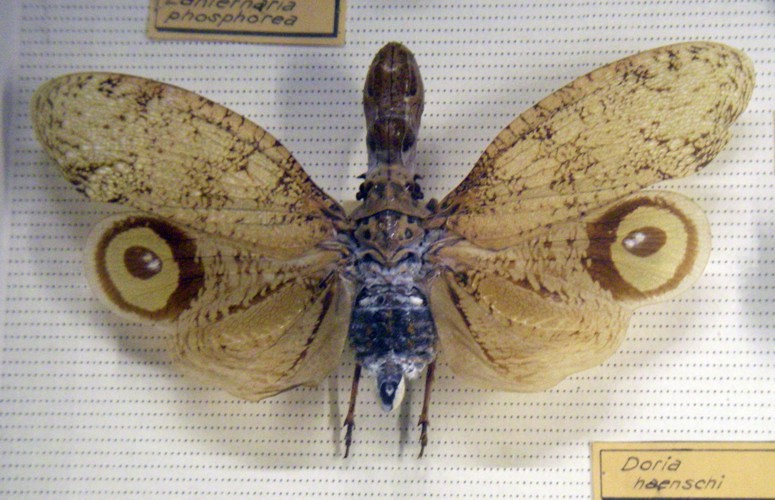
The lantern bug is a tropical insect that inhabits the untouched rainforests of South America. Known for its elongated head, which resembles a lizard or snake, it uses this mimicry to deter predators. These insects feed primarily on plant sap, contributing to the cycling of nutrients within the forest. Lantern bugs are often found on tree trunks, where they remain still for hours, blending with their surroundings. Their survival is closely tied to the health of their forest habitats, as they rely on specific plant species for nourishment. The untouched rainforests provide an ideal environment for these fascinating creatures.
Orchid Mantis (Hymenopus coronatus)
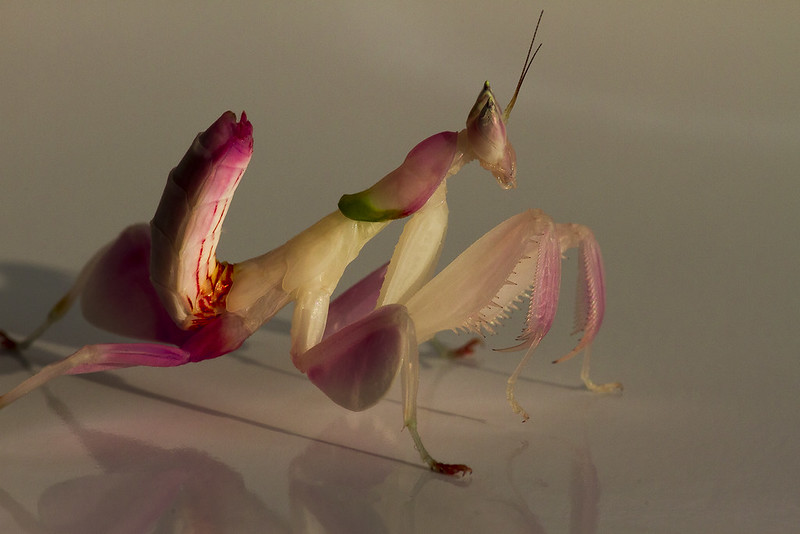
The orchid mantis, native to Southeast Asia’s tropical forests, is a master of deception, mimicking the appearance of a flower. This camouflage allows it to ambush prey, typically small insects attracted to its flower-like appearance. Found in untouched forest regions, the mantis thrives in areas rich in biodiversity. Unlike other mantis species, it can change color to better blend with its surroundings. The untouched forests offer the variety of plants it needs to survive while providing shelter from predators. Its presence indicates a well-balanced ecosystem with a healthy food chain.
Assassin Bug (Reduviidae)
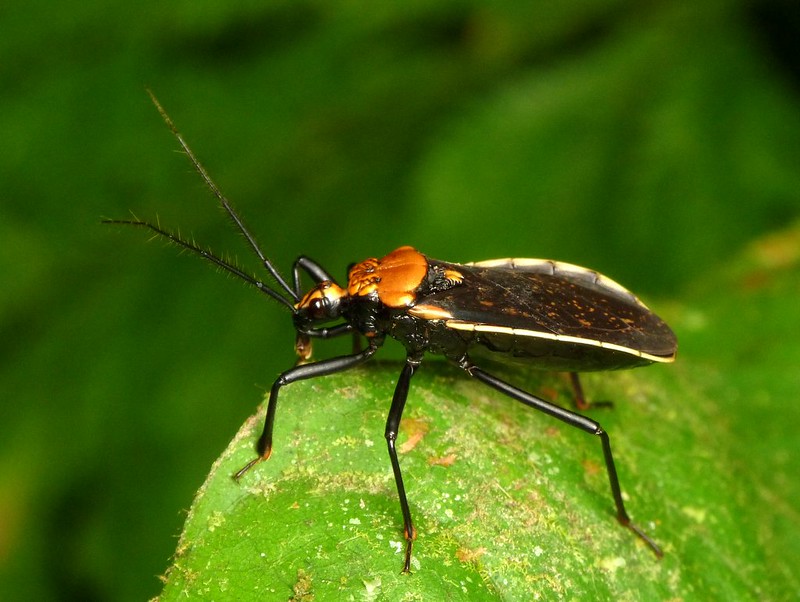
Assassin bugs are stealthy predators that roam the dense forests of South America. They are known for their ability to hunt using a sharp, needle-like mouthpart to inject venom into their prey. This insect’s role as a predator helps maintain the balance of insect populations within untouched forests. The forest provides abundant prey, ensuring their survival in the wild. Their venomous bite also deters potential predators, making them highly effective hunters. Living in undisturbed environments allows them to play a crucial part in regulating the ecosystem.
Malaysian Jungle Nymph (Heteropteryx dilatata)
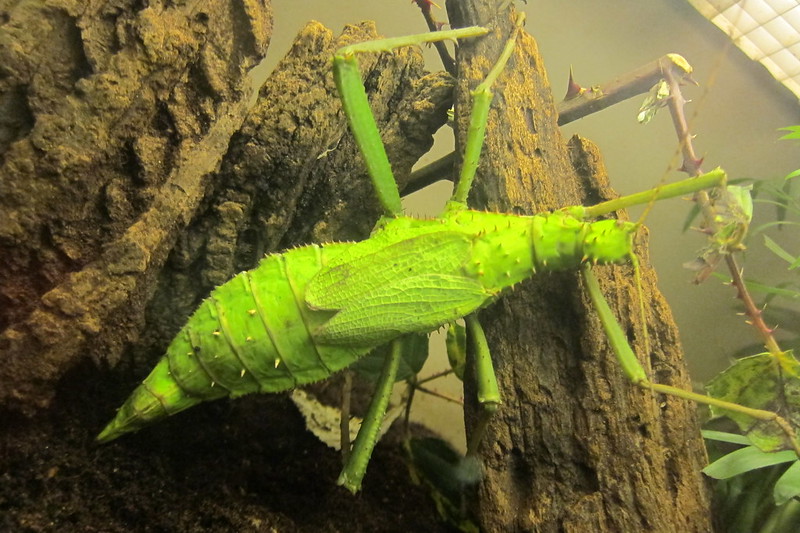
The Malaysian jungle nymph, one of the largest insects in the world, resides in the dense rainforests of Southeast Asia. This insect is a herbivore, feeding primarily on leaves, and is well-camouflaged due to its green coloration. Females are much larger than males, and their robust bodies help them fend off predators. These nymphs rely on untouched forest habitats, where they can find an abundance of food. Their impressive size and resilience make them a key part of the forest’s ecosystem. By feeding on leaves, they contribute to controlling plant populations.
Madagascar Moon Moth (Argema mittrei)
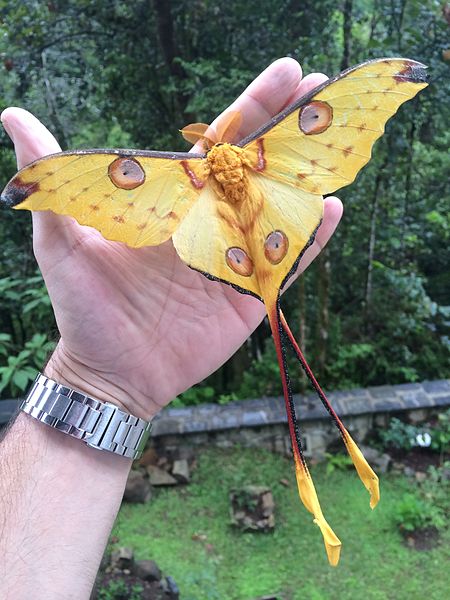
The Madagascar moon moth, with its long, tail-like wings, is a striking insect native to the rainforests of Madagascar. Its unique wings help it avoid predators by mimicking dead leaves or other natural elements. This moth’s caterpillar stage is equally important, as it feeds on specific host plants found in Madagascar’s untouched forests. The untouched environment ensures that these plants, and thus the moth, can thrive. Its nocturnal nature allows it to avoid many daytime predators. The Madagascar moon moth plays a role in pollination, further enriching its forest habitat.
Hercules Moth (Coscinocera hercules)
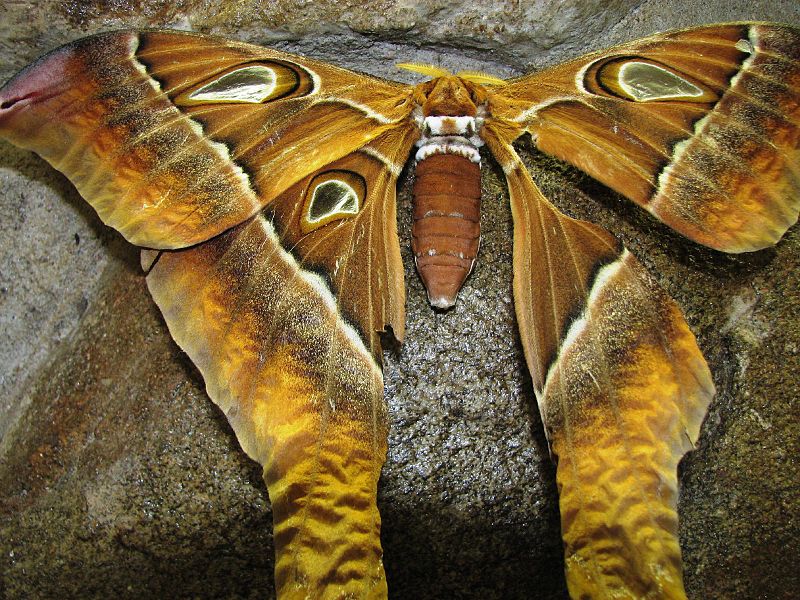
The Hercules moth, found in the forests of Australia and New Guinea, is one of the largest moth species in the world. Its massive wingspan allows it to glide through the dense forest canopies, where it remains mostly hidden. The caterpillars feed on native plants, contributing to the health of the forest ecosystem. Adults, like other large moths, do not feed and live only a short time to reproduce. Untouched forests provide the isolation and plant diversity necessary for their lifecycle. Their presence indicates a well-preserved habitat rich in biodiversity.
Amazonian Giant Centipede (Scolopendra gigantea)
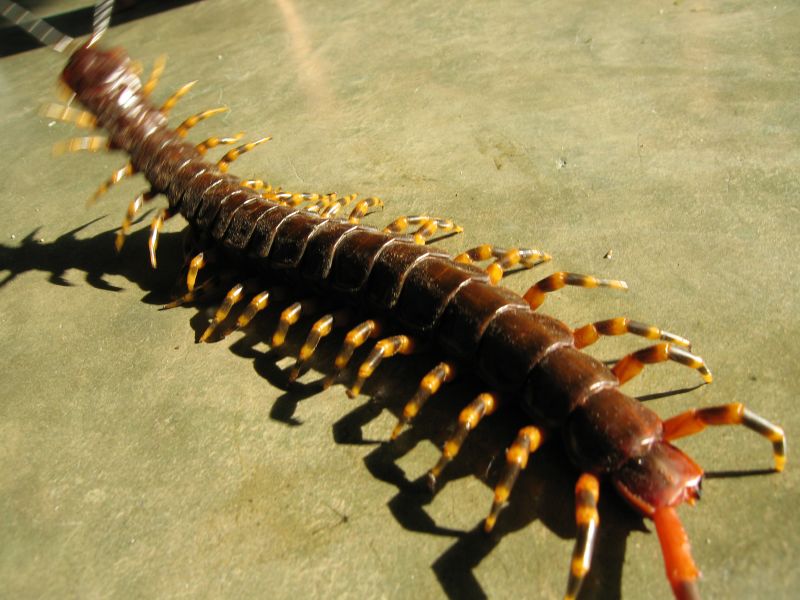
The Amazonian giant centipede is one of the largest and most fearsome centipedes, native to the rainforests of South America. It preys on a variety of animals, including insects, amphibians, and even small mammals, making it a top predator. Its venomous bite subdues its prey quickly, ensuring its survival in the dense, competitive environment. Untouched forests offer it a plethora of prey and ample hiding spots. Despite its fearsome reputation, it plays an important role in controlling populations of smaller forest animals. The centipede’s ability to navigate both the forest floor and canopy adds to its ecological significance.
Blue Morpho Butterfly (Morpho peleides)
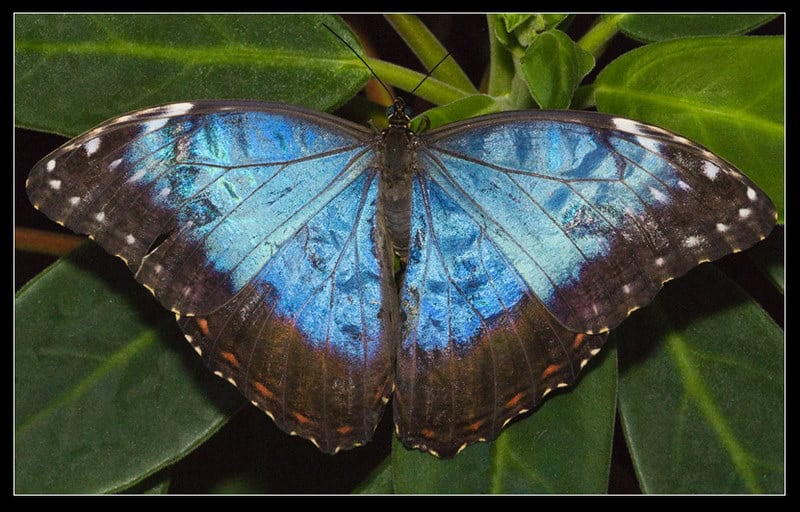
The blue morpho butterfly, with its vibrant, iridescent wings, is a stunning insect found in the rainforests of Central and South America. Its wings’ shimmering color helps to ward off predators by creating a flash of light as it flies. When resting, its wings are brown on the underside, allowing it to blend into tree trunks and foliage. The larvae feed on toxic plants, making them distasteful to predators. Untouched forests provide the varied plant species needed for their lifecycle, from caterpillar to adult. Blue morphos are essential pollinators, supporting the forest’s biodiversity.
Stag Beetle (Lucanidae)
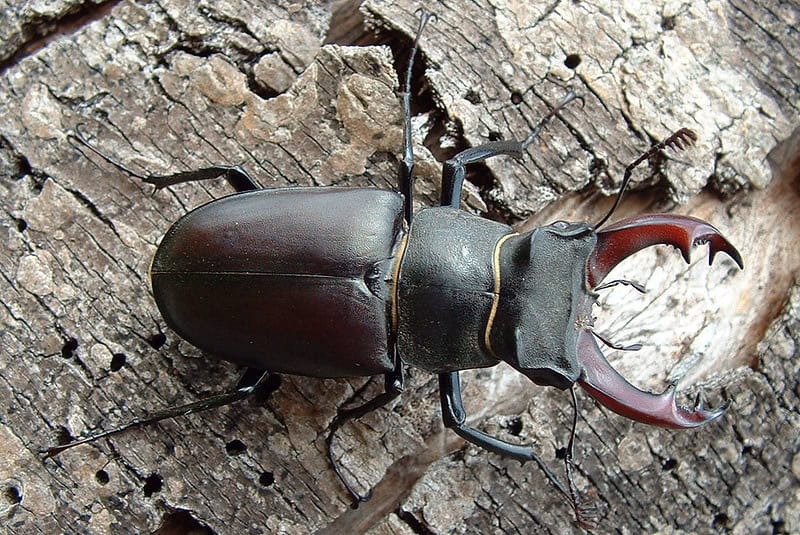
Stag beetles are named for the large, antler-like mandibles on the males, which they use in combat during mating season. Found in the ancient woodlands of Europe and Asia, these beetles rely on decaying wood for both food and shelter. They are crucial to the forest ecosystem as they help in the decomposition process, breaking down dead trees. Untouched forests provide the undisturbed habitat necessary for their survival and reproduction. Their large mandibles, though intimidating, are primarily used for competition rather than defense. Stag beetles play an important role in maintaining the health of their forest environments.
Helicopter Damselfly (Mecistogaster linearis)
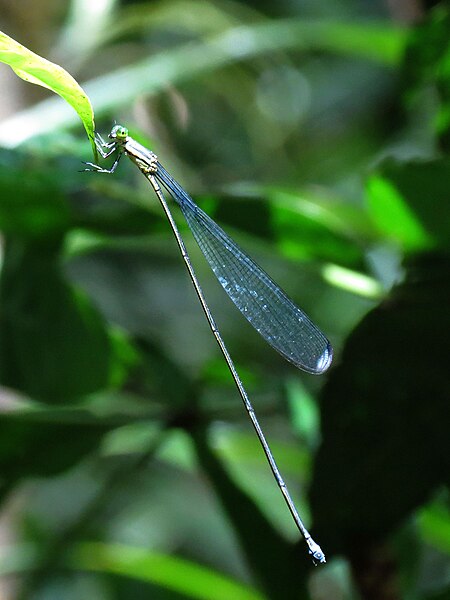
The helicopter damselfly is one of the largest damselflies in the world, with long, slender wings that give it an elegant flight. Found in the untouched forests of Central and South America, these damselflies are often seen near streams and ponds. They feed primarily on smaller insects, playing a role in controlling mosquito populations. Their presence near water sources helps maintain the balance of aquatic ecosystems. Untouched forests offer the pristine, clean water they need to reproduce. The damselfly’s graceful movements make it a unique sight in these forests.
This article originally appeared on Rarest.org.
More From Rarest.Org
The Earth hides some of its most extraordinary formations in uninhabited regions. These remote landscapes are home to geological wonders that seem almost otherworldly. Read more.
Some birds defy nature by migrating over vast, seemingly impossible distances. These remarkable travelers cover thousands of miles across oceans, continents, and harsh landscapes. Their journeys are a testament to endurance, navigation, and survival. Read more.
Over the past decade, archaeology has uncovered remarkable discoveries that continue to reshape our understanding of ancient civilizations. Each discovery reveals new stories, mysteries, and insights that fascinate both experts and enthusiasts. Read more.



